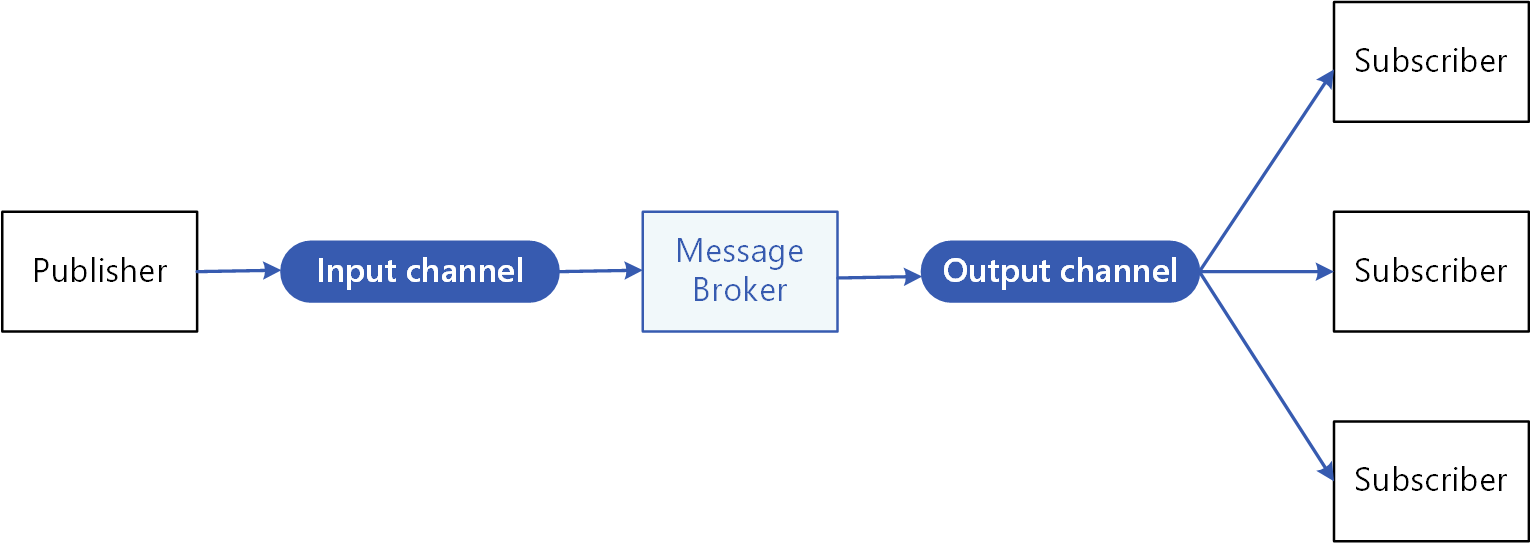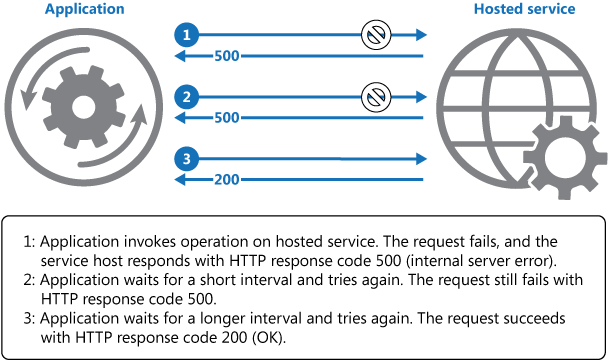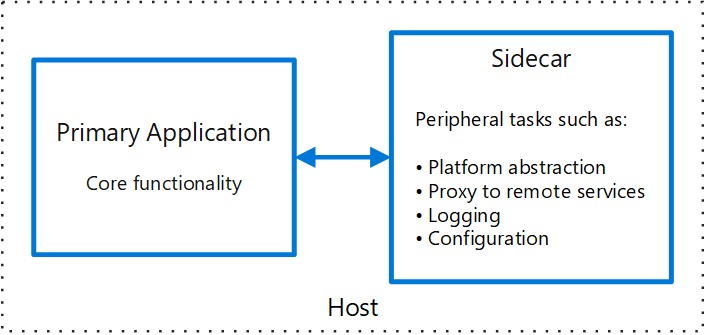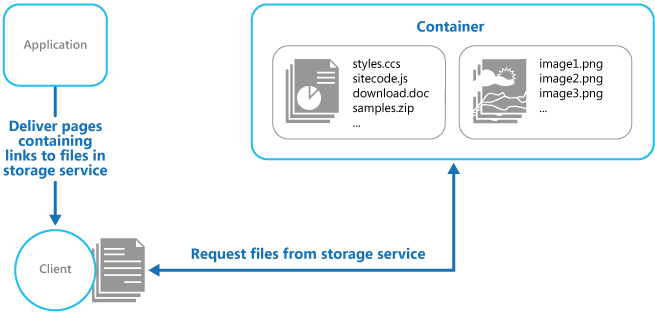Cloud design patterns are reusable solutions to common problems encountered when building scalable, reliable, and secure applications in the cloud. They provide proven approaches to handling challenges like load balancing, distributed caching, eventual consistency, failover, or multi-tenancy across cloud-native architectures. Just like software design patterns, these patterns abstract best practices, but tailored for cloud environments (e.g., AWS, Azure, GCP), helping developers build robust systems that take full advantage of the cloud’s elasticity, availability zones, and managed services.
There are 30 cloud design patterns, grouped into the following 6 categories:
API Gateway & Access Management Patterns

- GateKeeper Pattern → Controls access to backend services.
- Gateway Aggregation Pattern → Combines multiple backend responses.
- Gateway Offloading Pattern → Offloads tasks like authentication, caching, etc.
- Gateway Routing Pattern → Routes requests to different backends.
- Valet Key Pattern → Grants temporary, scoped access to resources.
Messaging & Event-Driven Patterns

- Priority Queue Pattern → Prioritizes certain messages in queues.
- Publisher-Subscriber Pattern → Decouples producers and consumers.
- Queue-Based Load Leveling Pattern → Buffers requests to manage load.
- Asynchronous Request-Reply Pattern → Handles async communication.
- Choreography Pattern → Uses events instead of central orchestration.
- Competing Consumers Pattern → Multiple consumers pull from a queue.
- Sequential Convoy Pattern → Manages ordered processing of messages.
- Claim Check Pattern → Reduces sensitive data exposure.
Resilience & Fault-Tolerance Patterns

- Bulkhead Pattern → Isolates failures in different system components.
- Retry Pattern → Retries failed operations with backoff.
- Throttling Pattern → Limits request rates to prevent overload.
- Compensating Transactions Pattern → Ensures rollback of failed distributed transactions.
Security & Anti-Corruption Patterns

- Ambassador Pattern → Manages outbound requests with security layers.
- Anti-Corruption Layer Pattern → Isolates old and new systems.
- Strangler Fig Pattern → Gradually replaces legacy systems.
- Federated Identity Pattern → Centralizes authentication across services.
Deployment & Scalability Patterns

- Deployment Stamp Pattern → Creates repeatable, scalable infrastructure units.
- Geode Pattern → Distributes data across geo-locations for performance.
- External Configuration Store Pattern → Manages app configs externally.
- Sidecar Pattern → Attaches auxiliary services (e.g., logging, monitoring).
- Backends-For-Frontends Pattern → Customizes APIs per frontend type.
Performance & Optimization Patterns

- Static-Content Hosting Pattern → Serves pre-rendered content efficiently.
- Cache-Aside Pattern → Improves performance by caching on demand.
- Competing Consumers Pattern → Balances load across multiple consumers.
You can find implementation examples of these Cloud Design Patterns in the Azure Architecture Center and in the AWS Documentation. Another great resource that I found is clouddesignpatterns.org.
I can help you design and deploy a tailored solution, learn more about my services.
